I’ve always believed that birds of a feather ‘feed’ together. Otherwise there is no explaining why most of my father’s closest friends’ wives were excellent chefs and all their get-togethers were always about great food.
Vera Umrigar is a jewel among cooks. Wife, mom, petrol pump owner, she managed a spatula with the same fervour she did a broken axle. Her smoked ham, dotted with cloves and glazed with honey, her exquisite apricot soufflé, as frothy and festive as a wedding frock and her sugar-studded apple pies are memorable to me 20 years after I first feasted on them.
The families went to the Umrigar’s home in Lonavala for long weekends and the boot of the car was converted into a mobile freezer, piled high with everything from my mother’s vindaloo and pao bhaji to Vera’s dhansak and kheema cutlets, all frozen rock solid a week in advance to survive the drive. Any space leftover was meant for waffle machines, OK wafers and mom’s Balicao jars.
Whatever thawed first was demolished quickly and efficiently. We were lawn movers and there was no grass too tall.
The weekend rolled by, literally, as Vera’s Maharashtrian maid, togged up in a nine-yard sari, drawn between her legs like some Roman warrior, rolled puran polis to fill the tiny gaps between 4-course meals.
Let me tell you this. There is nothing, nothing quite like a puran poli straight off a hot tawa. Those cold chindis sold in shops are very sad.
The crisp top is paper-thin and the weight of a spoonful of ghee cracks it open like a pond of ice on a sunny day. Ghee meets warm jaggery in an eternal romance. My fingers would get all jammy as I tried to break off bits of poli and turn the pages of my Enid Blyton all at the same time. I pitied Fatty; all he got was cold tongue sandwiches.
Everyone knows the Goan Pork Vindaloo, but when Vera offered her mother’s recipe for a Parsi Fish Vindaloo, I was all ears. Parsi cuisine unites ancient Persian traditions with both Indian and British colonial ones. Sour Zereshk or barberries in Berry Pulao is Persian while Worcestershire sauce in Lagan no Saas is a British one.
“Parsi vindaloo? It’s not a prawn patia?” I ask incredulously.
Vera explains that there are many kinds of prawn patia, the classic sweet and spicy Parsi prawn dish, not pickle, less curry that’s served with dhan dal. “Some Patias are made with kadipatta, while others are not. Some have garam masala, others do not.”
Like all vindaloos, this one is also an Indian-Portuguese fusion. It contains red chilies, red wine vinegar (vin in Portuguese) and garlic (alho in Portuguese) and is sweet, spicy and sour. The vinegar and jaggery balance the spicy chillies.
So how is it different from a Goan Vindaloo?
Vera whispers conspiratorially. “It’s got lots of fresh kothmir in it and you eat it with hot Toor Dal Khichdi.”
As you can guess by this point I’m lying in a pool of drool.
When Vera pulls the ground masala out of the fridge, its deep almost unreal red colour brings back a flood of memories. My Dad would always say that he could tell my mother and Vera’s vindaloo by the red colour.
Good vindaloo must have this flaming colour. Not the dull brown that so many inferior restaurant-vindaloos have. So what’s the secret? How do you give the gravy such a deep red without synthetic colour or an overdose of chilies.
Vera uses dried Kashmiri chilies, but suggests you can also use bedgi. She insists you use fresh homemade tomato puree, processed in a food mill, also called a puran maker in India, not in a mixer.
When you blitz tomatoes they lose their red colour and turn pink.
She then proceeds to fry the masala in oil. “This dish needs oil ha? You can’t fry a masala without oil ok?”
I imagine someone trying to make vindaloo with non-stick, fat-free cooking spray.
I can’t help but giggle. Those days of excess, of ‘lagaooing’ and ‘enjjwaaaying’ good food are a thing of the 80s. Of showing up at your friends place at midnight and honking for kheema pao are gone. Everyone is caught up with immortality. If it weren’t for the Parsis, I really think there would be no majja in life.
“And Tara, add the chopped kothmir and the pomfret to the masala together so their flavours get into the gravy. Dhaniya is not a garnish. It’s part of the curry.”
She puts the steaming fish vindaloo on the table.
I will stop writing now.
I won’t describe it.
Just make it.
Be zindadil for a day.
Lagao.
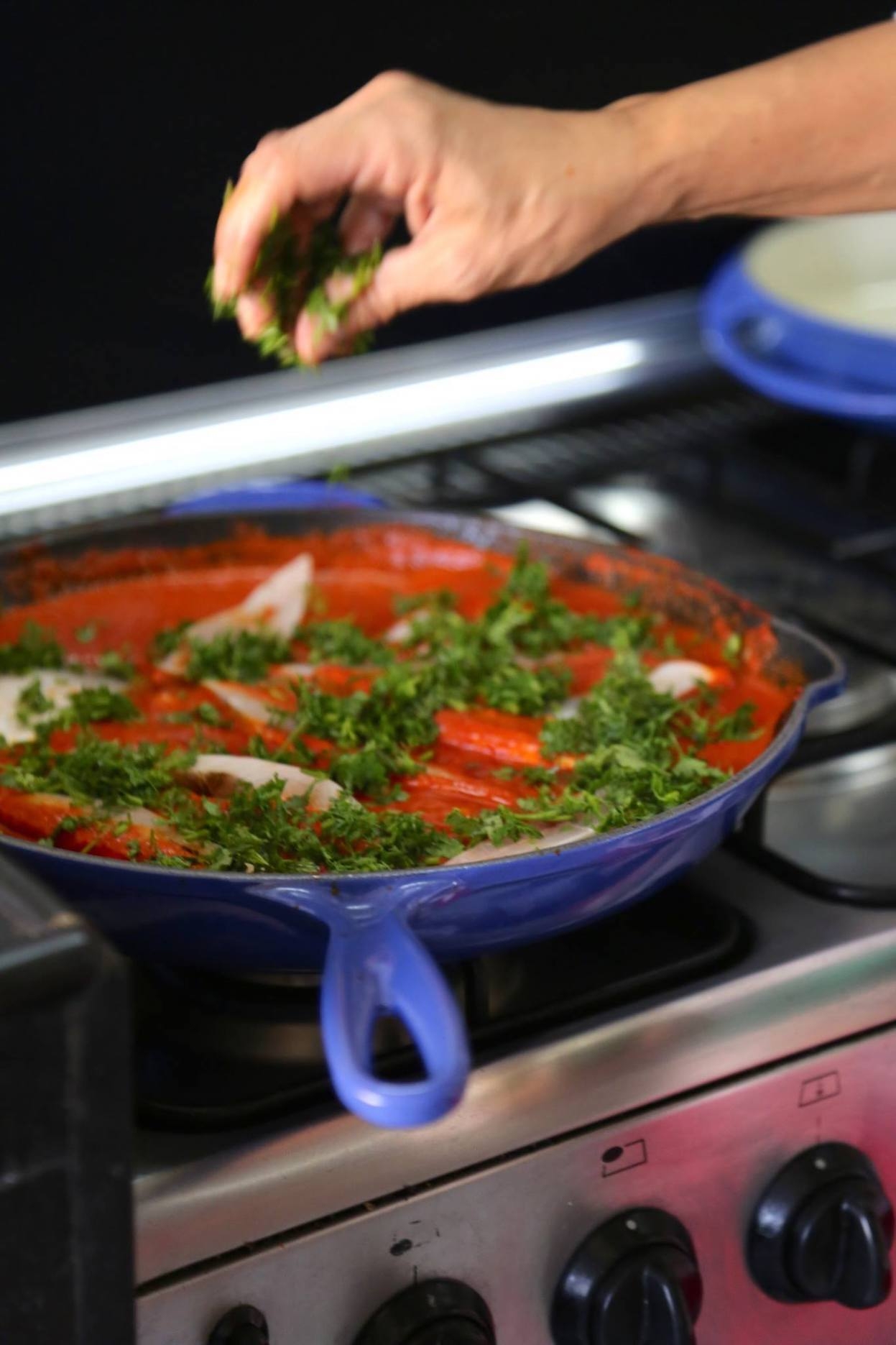
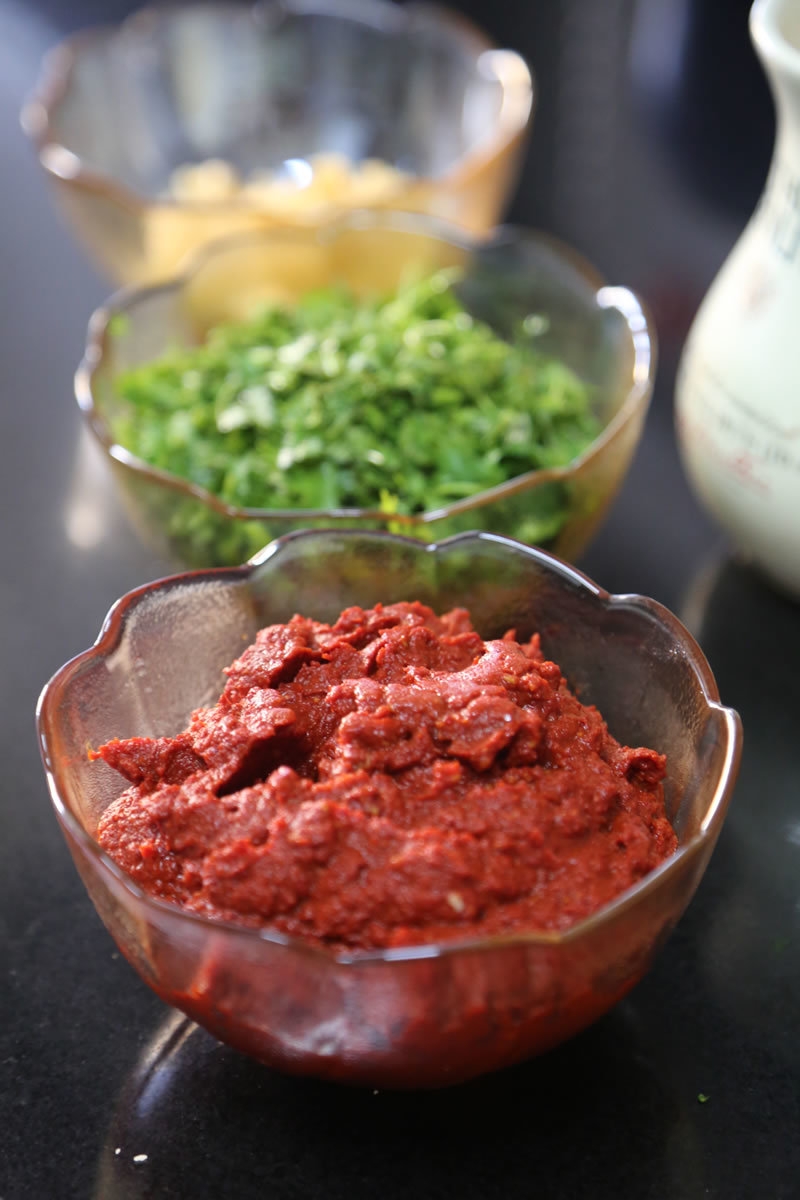
Use dried red chillies and tomato puree for a bright color.
Vera Umrigar’s Parsi Fish Vindaloo
The Goan pork vindaloo is extremely well-known, but this tangy fish vindaloo is a gem that deserves a permanent place in your recipe collection. The flaming red colour is a red herring – it isn’t that spicy!
Make the tomato puree using bright red tomatoes and process them in a puran maker or a food mill. This way you will maintain a bright red colour.
Ingredients (Serves 4-5)
1 kg silver pomfret steaks (about 8 pieces plus head and tail)
For the masala:
15 red kashmiri or bedgi chillies with stalks removed, broken into bits
8-10 large cloves of peeled garlic
5 tsp cumin seeds
2 tsp red vinegar or to taste (kolahs or kalverts)
½ cup chopped red onions
4 cups fresh tomato puree
¼ cup crumbled jaggery or to taste
1 cup chopped fresh coriander leaves
¼-1/2 cup vegetable oil for cooking
Salt to taste
Method:
1. Grind the first 5 ingredients for the masala to a smooth, fine paste. This will take several minutes. Add a little water if required.
2. Heat oil in a large non-stick skillet on a medium flame.
3. Add the ground paste and cook, stirring frequently about 8-9 minutes. Scrape the bottom of the pan and the sides to prevent the spice paste from sticking to the bottom. When the oil begins to separate from the sides, stir in the tomato puree and continue to cook for 10 minutes on a medium flame until the mixture bubbles and thickens.
4. Add 1 tbsp of jaggery and 2 teaspoons of salt. Stir well.
5. Lower the flame and add the fish slices one at a time and the coriander leaves. Stir gently.
6. Cook until fish is tender.
7. Taste for salt and sweetness. Add more vinegar, jaggery and salt if required.
8. Serve with toor dal khichdi or plain white boiled rice.
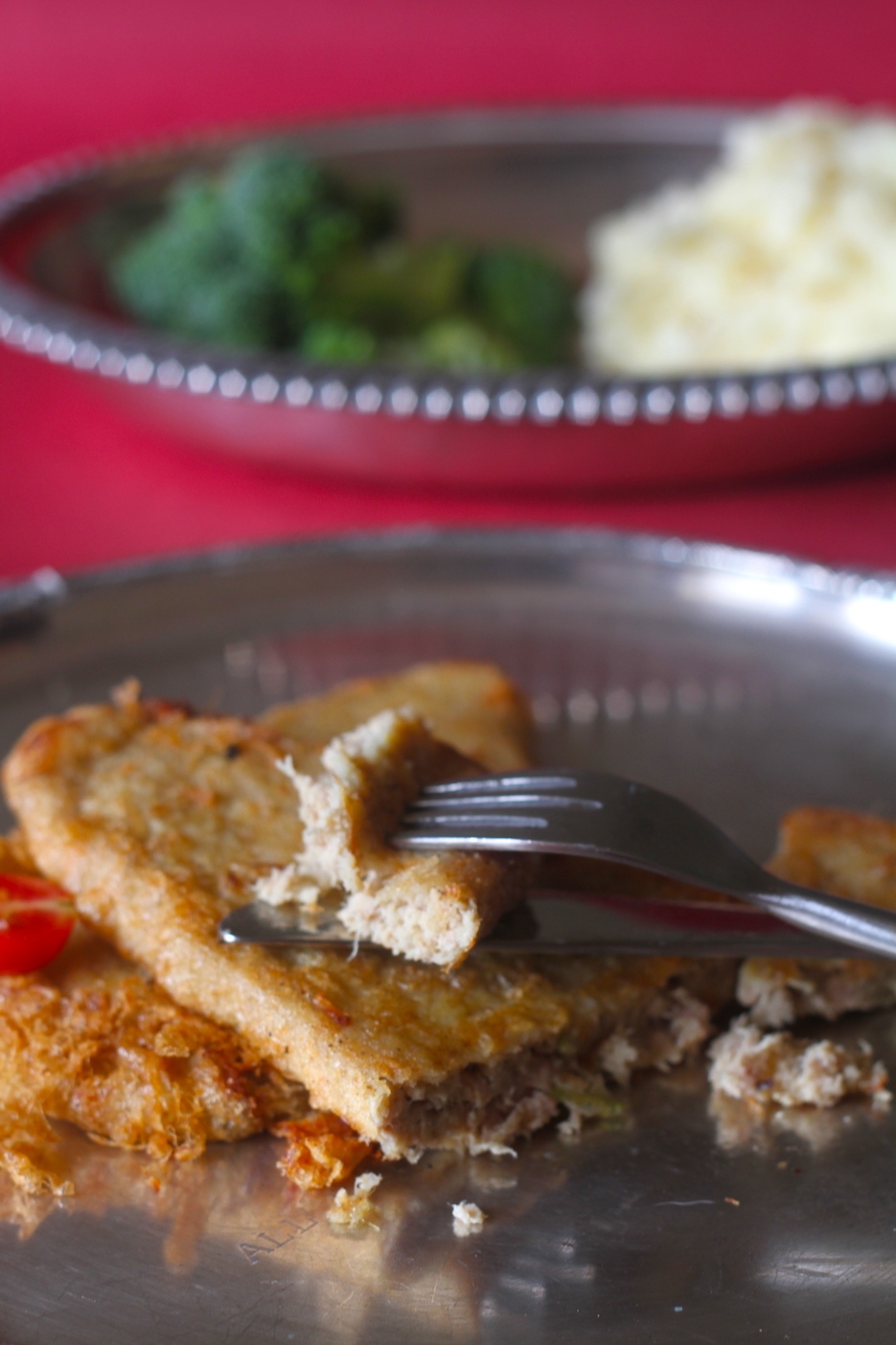
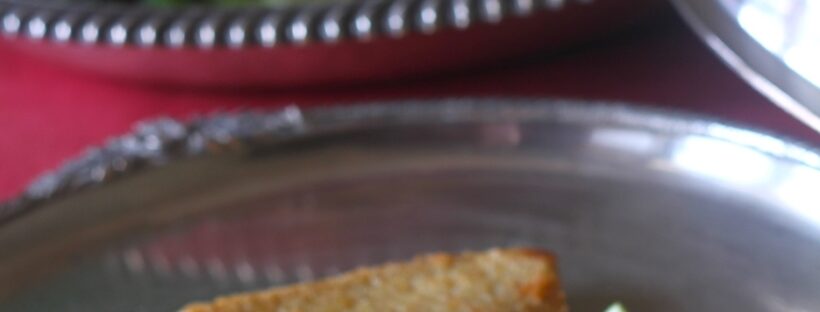
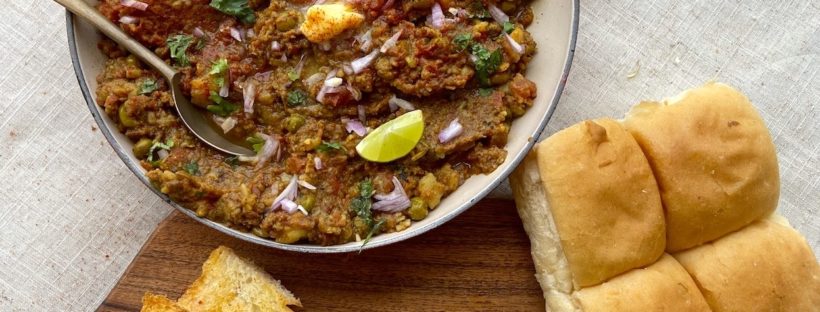
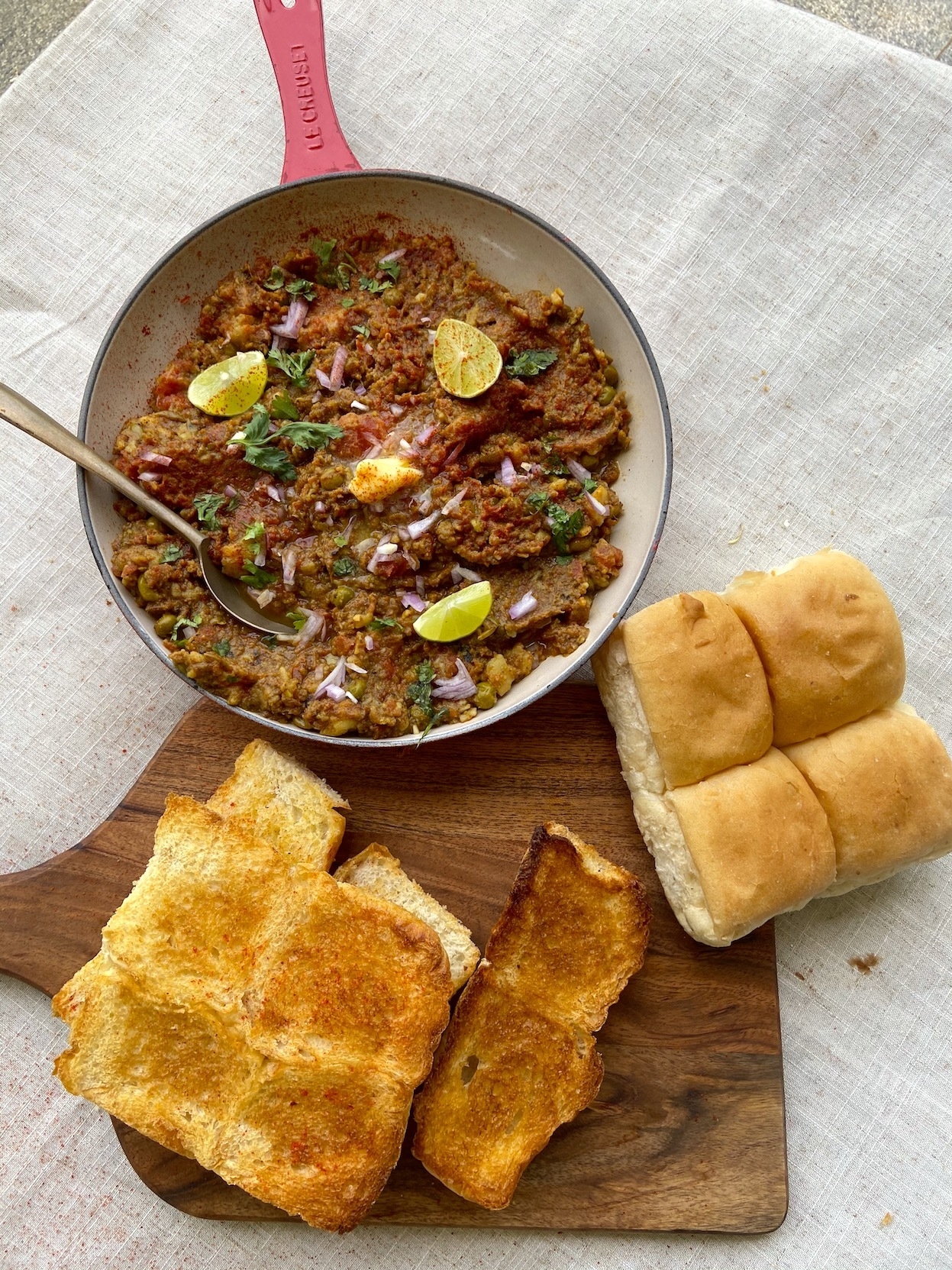
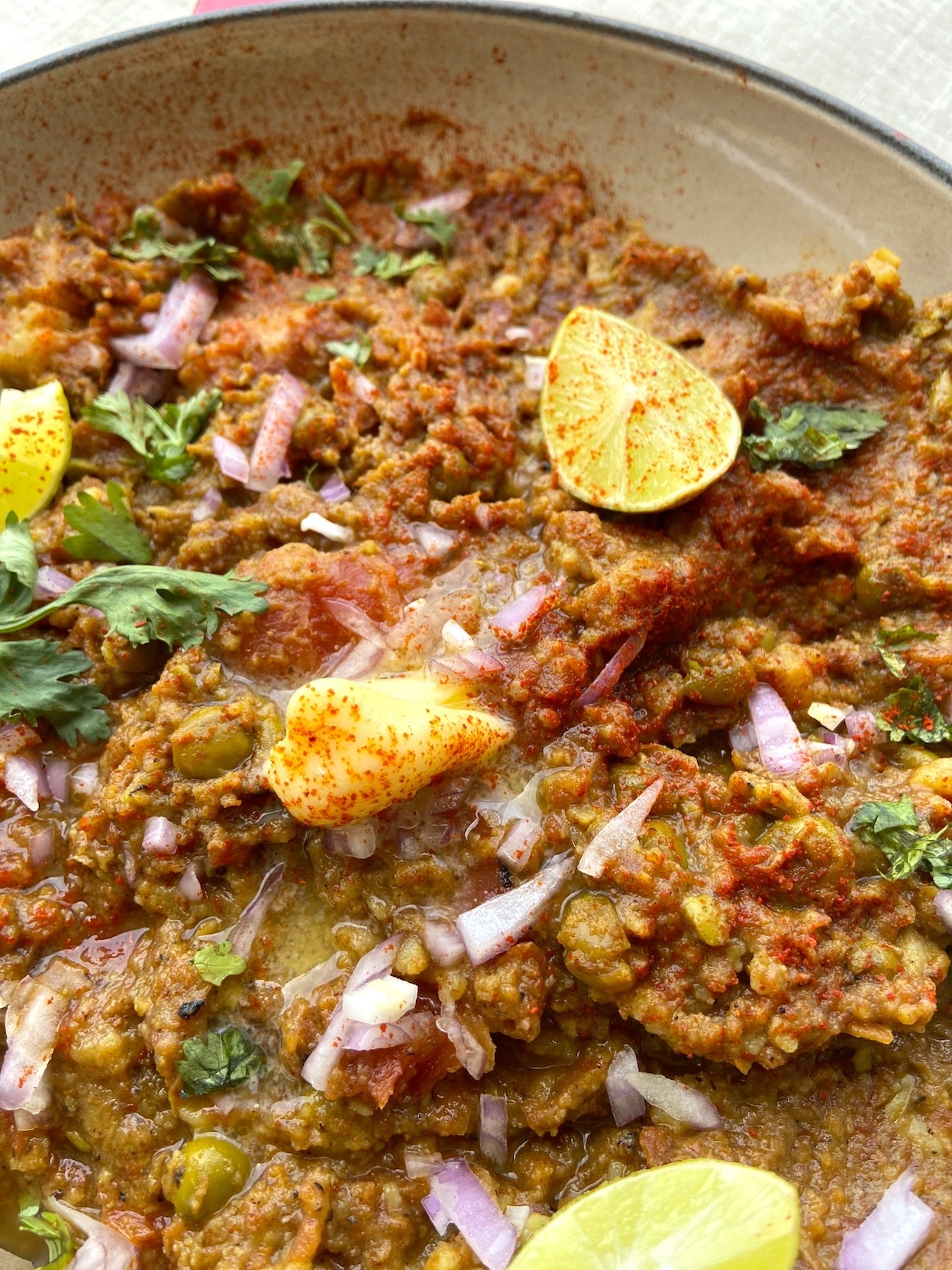
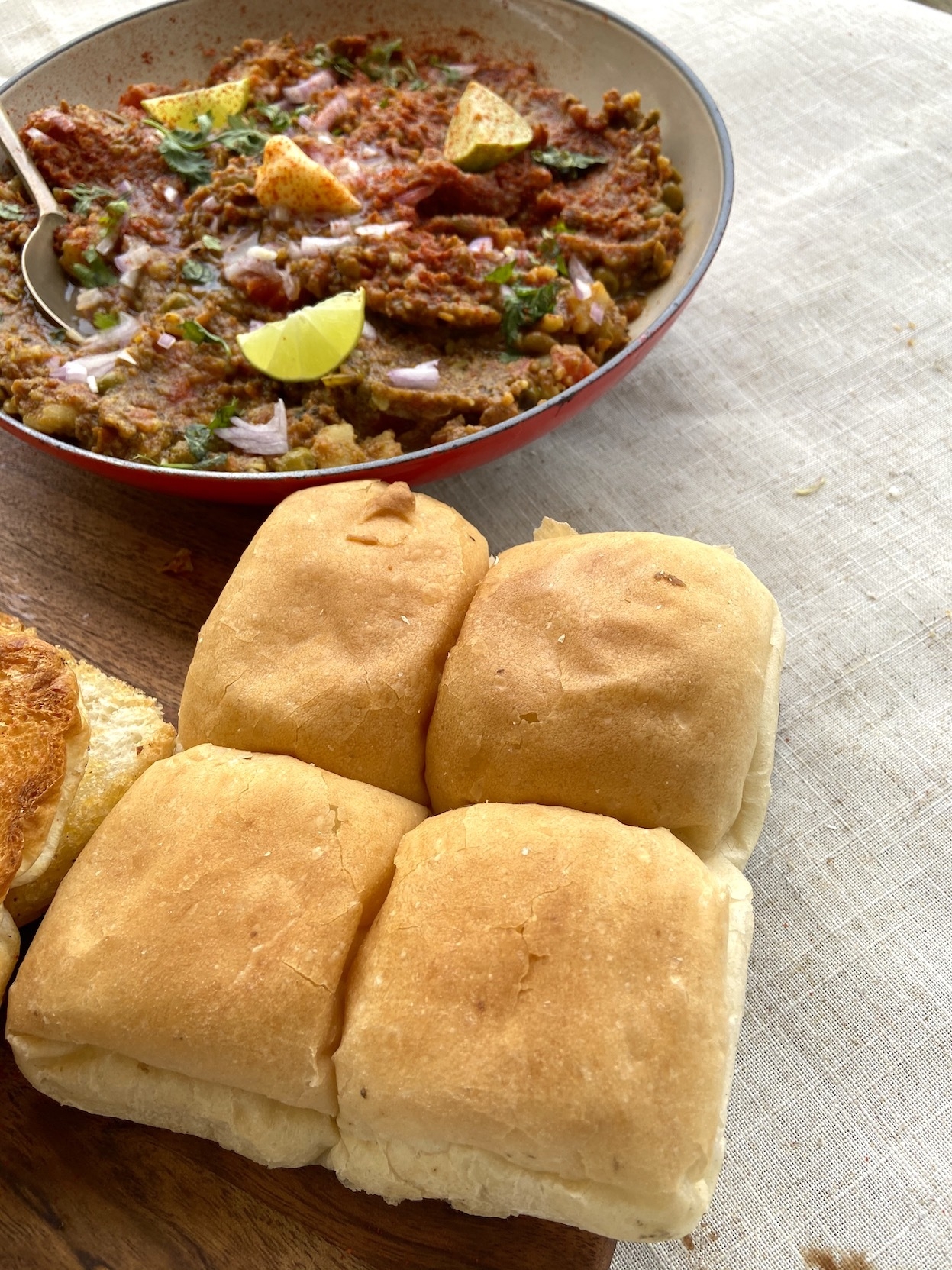
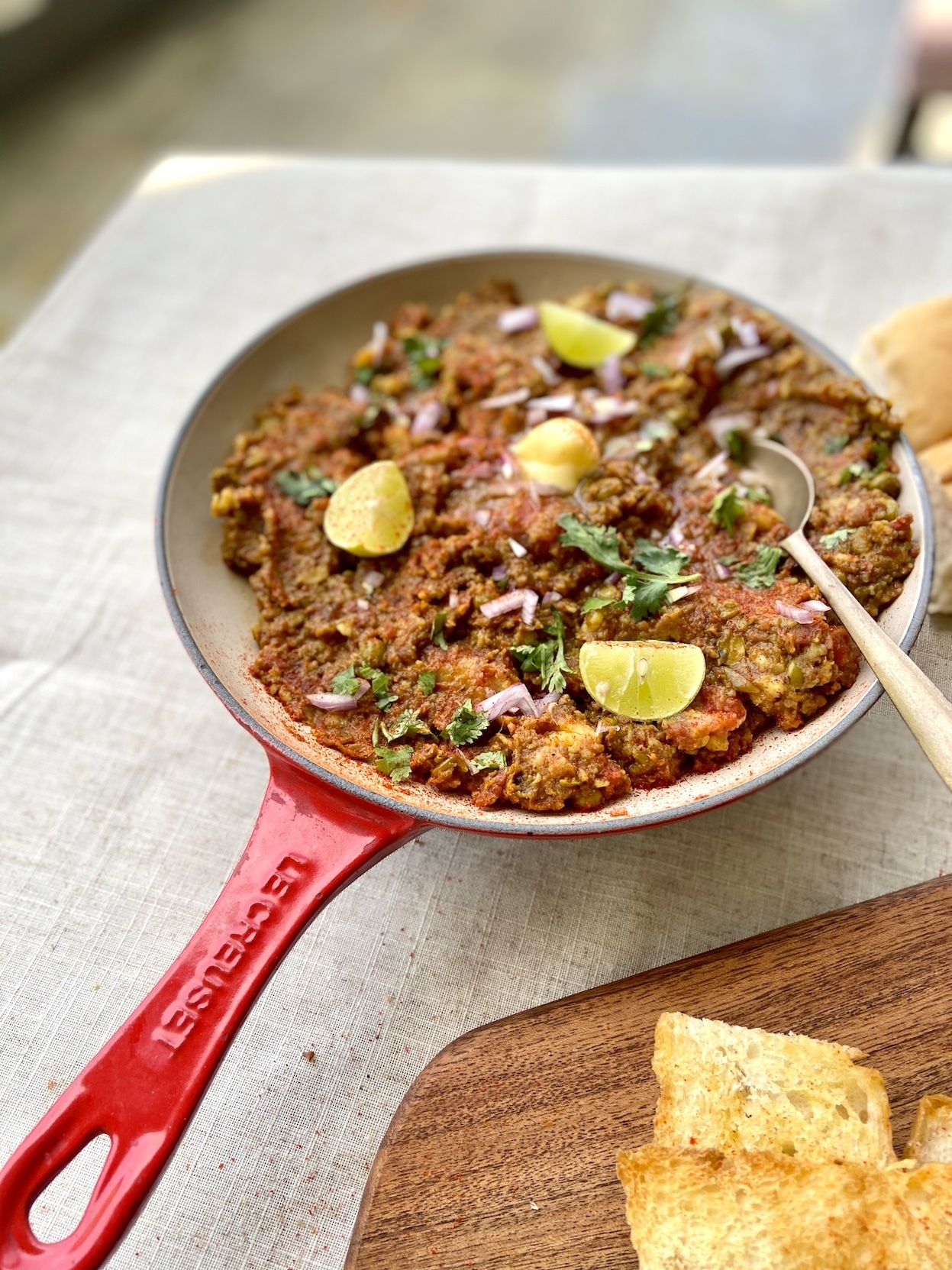
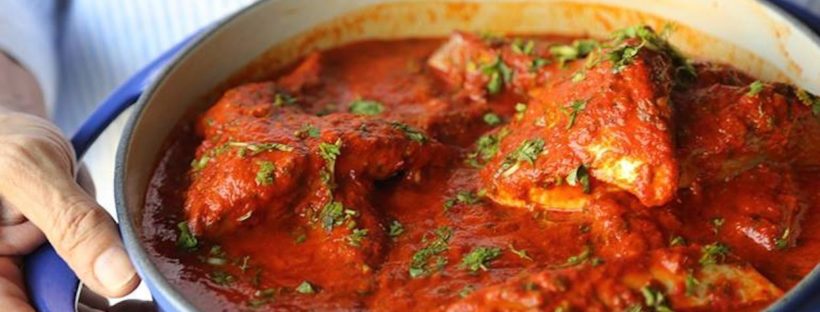
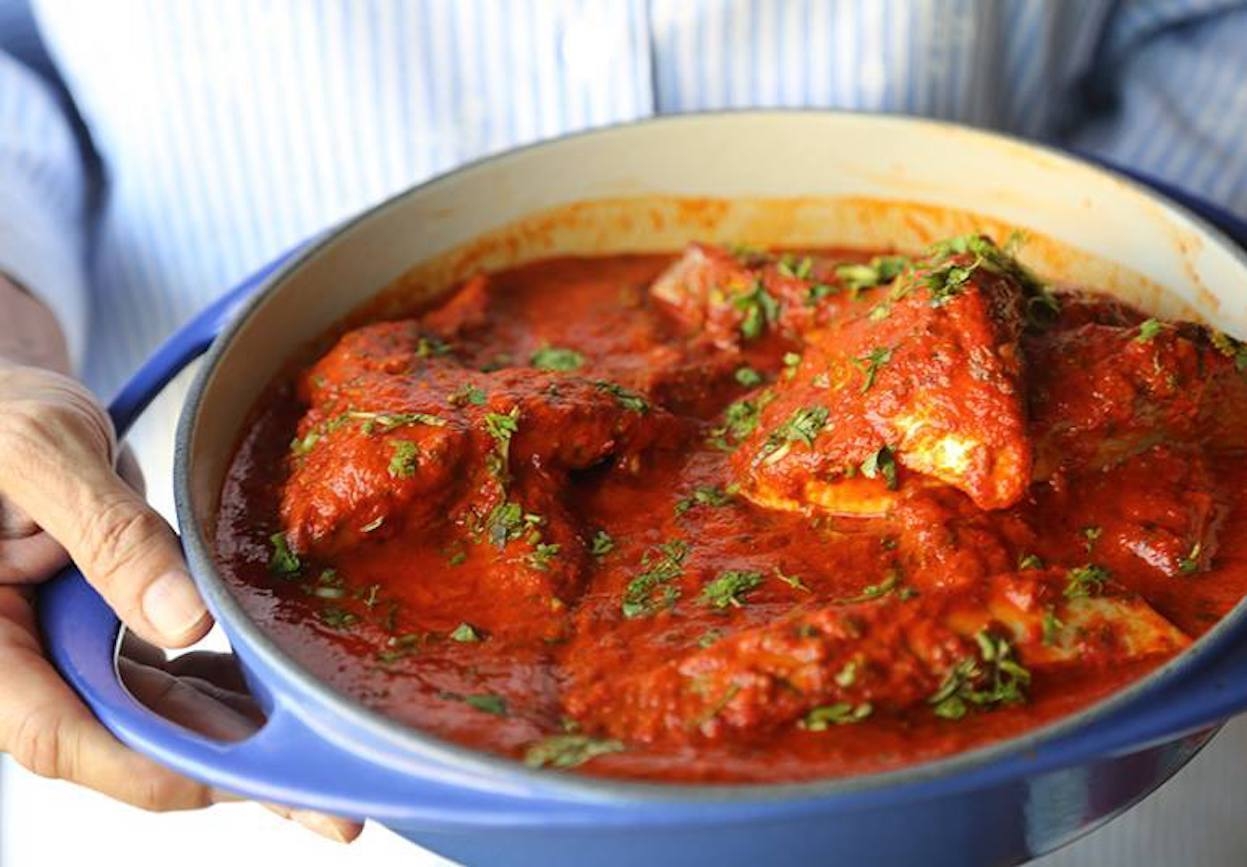


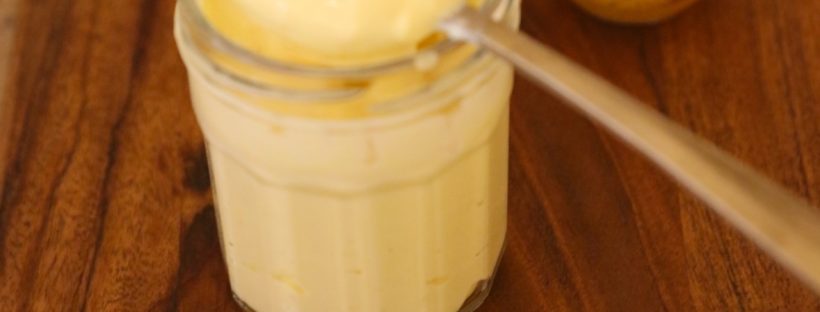
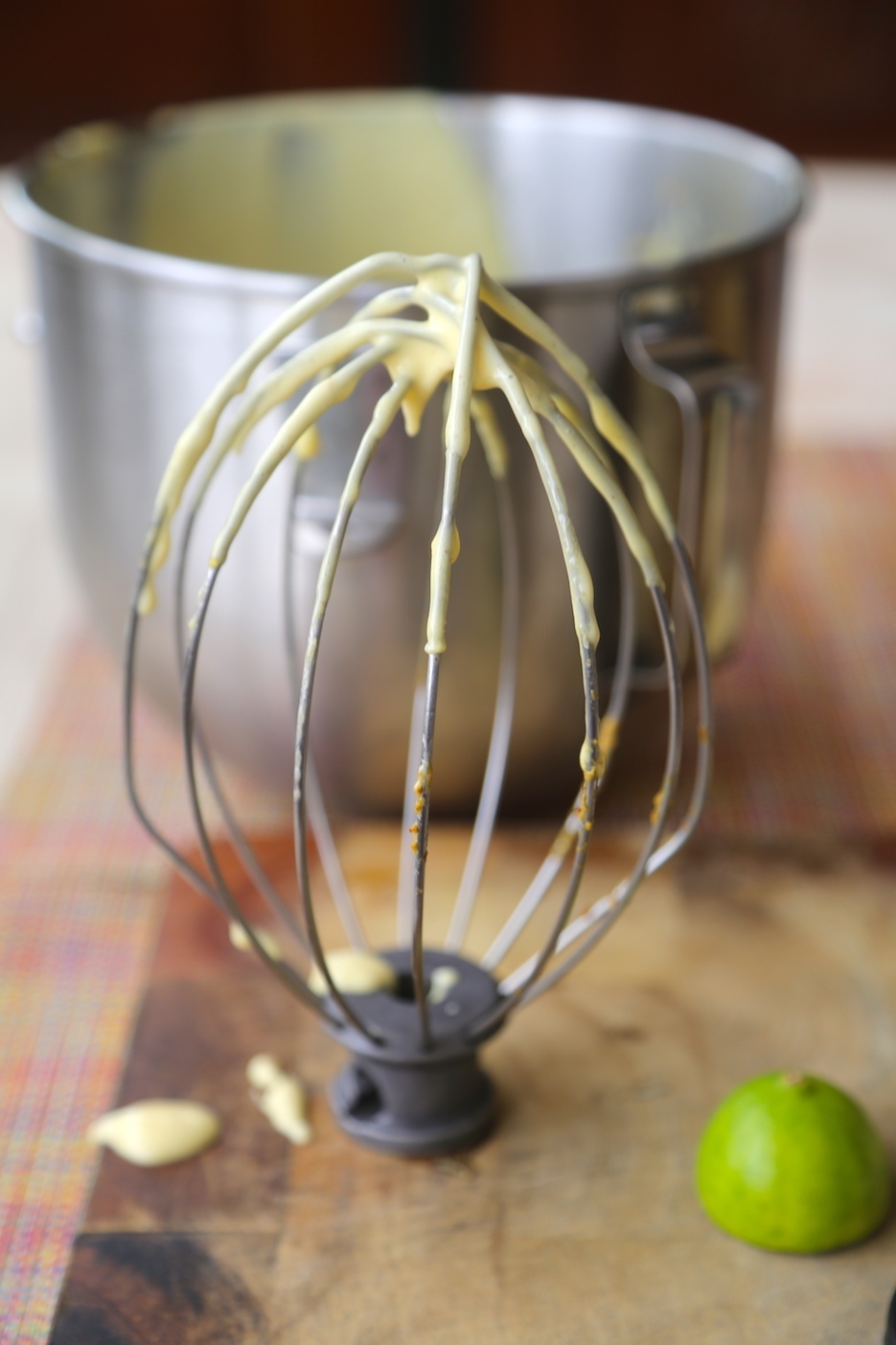
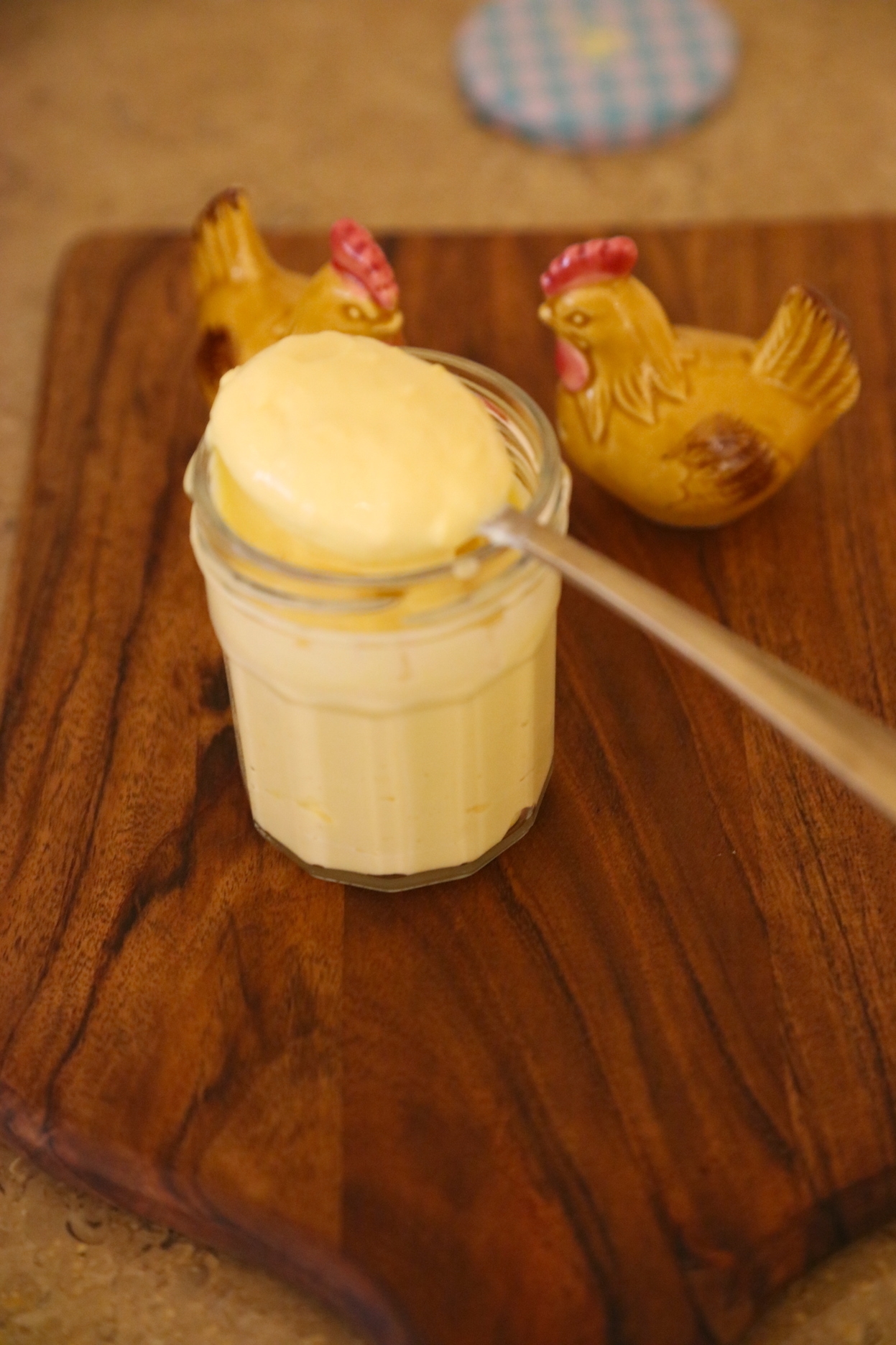
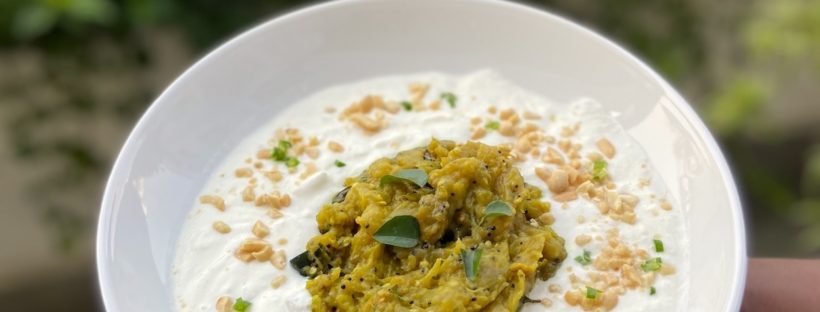
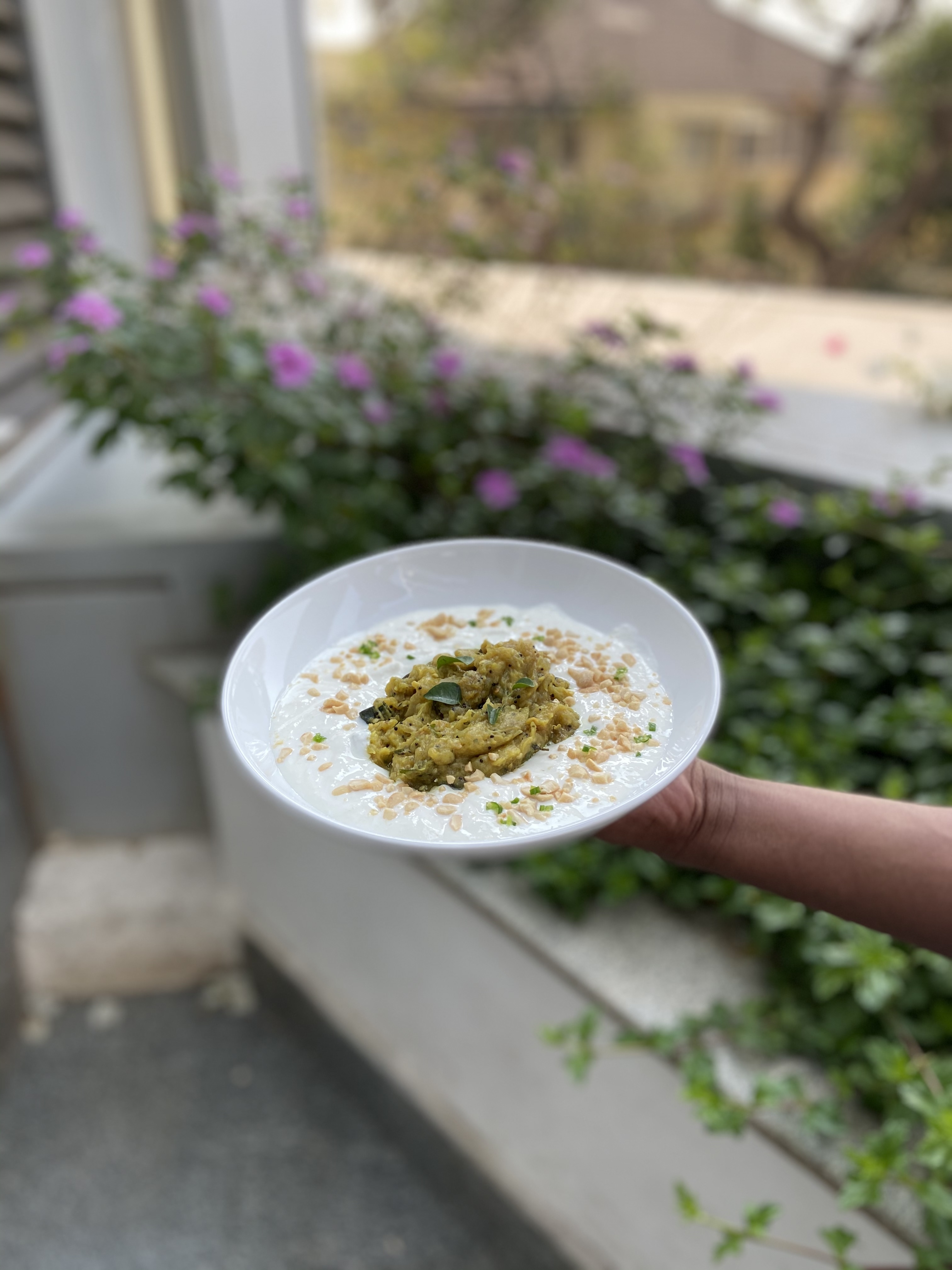
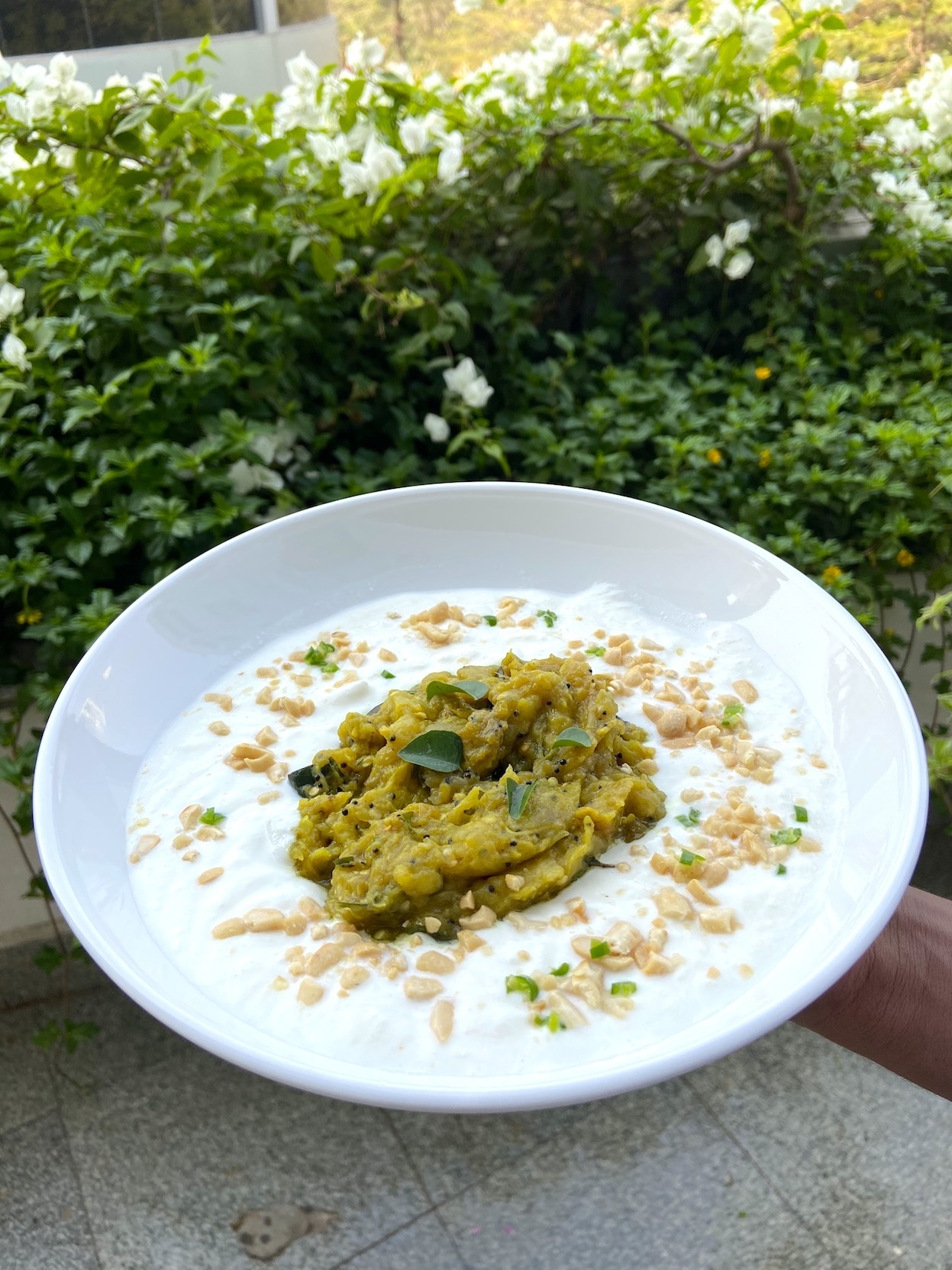
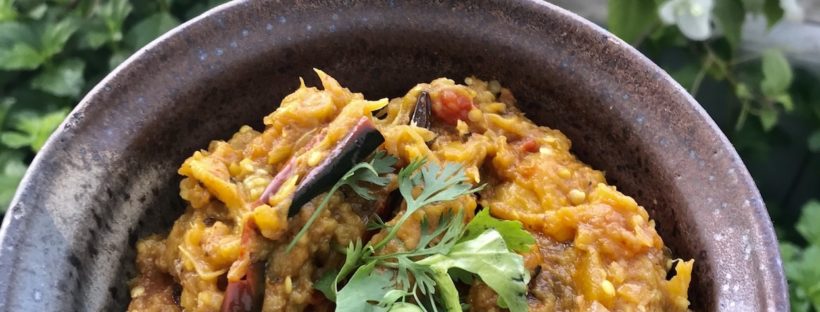
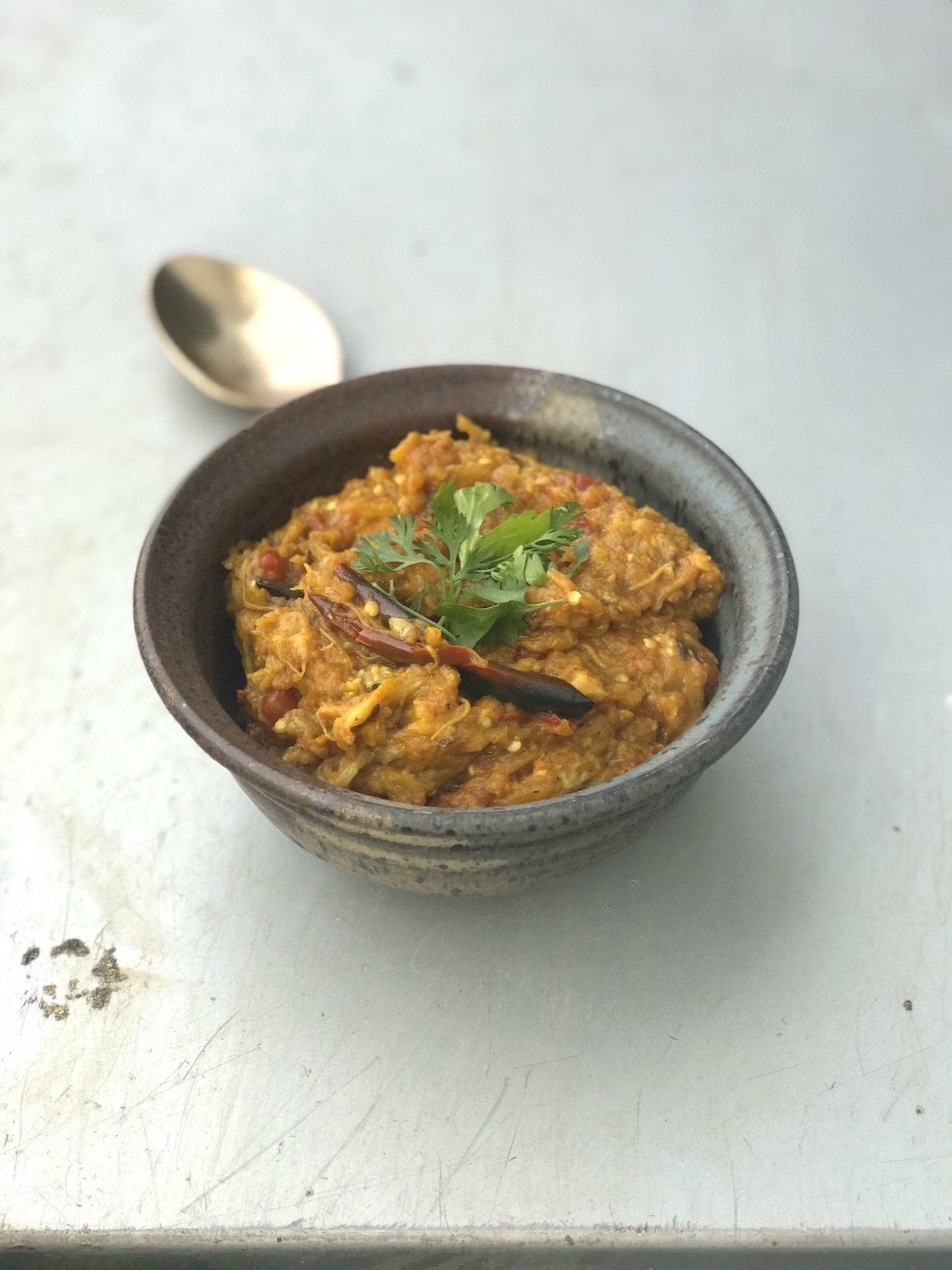
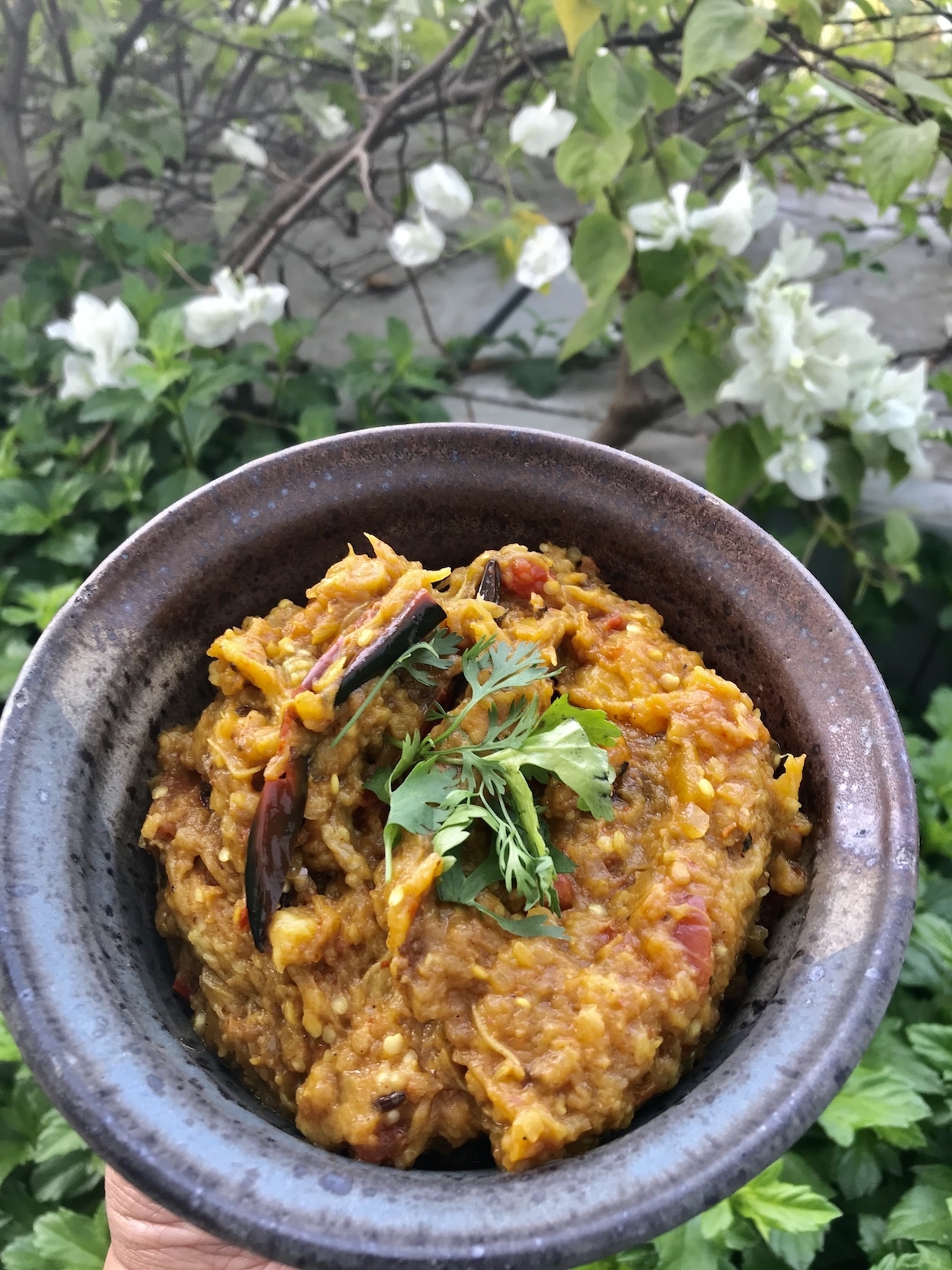
You must be logged in to post a comment.